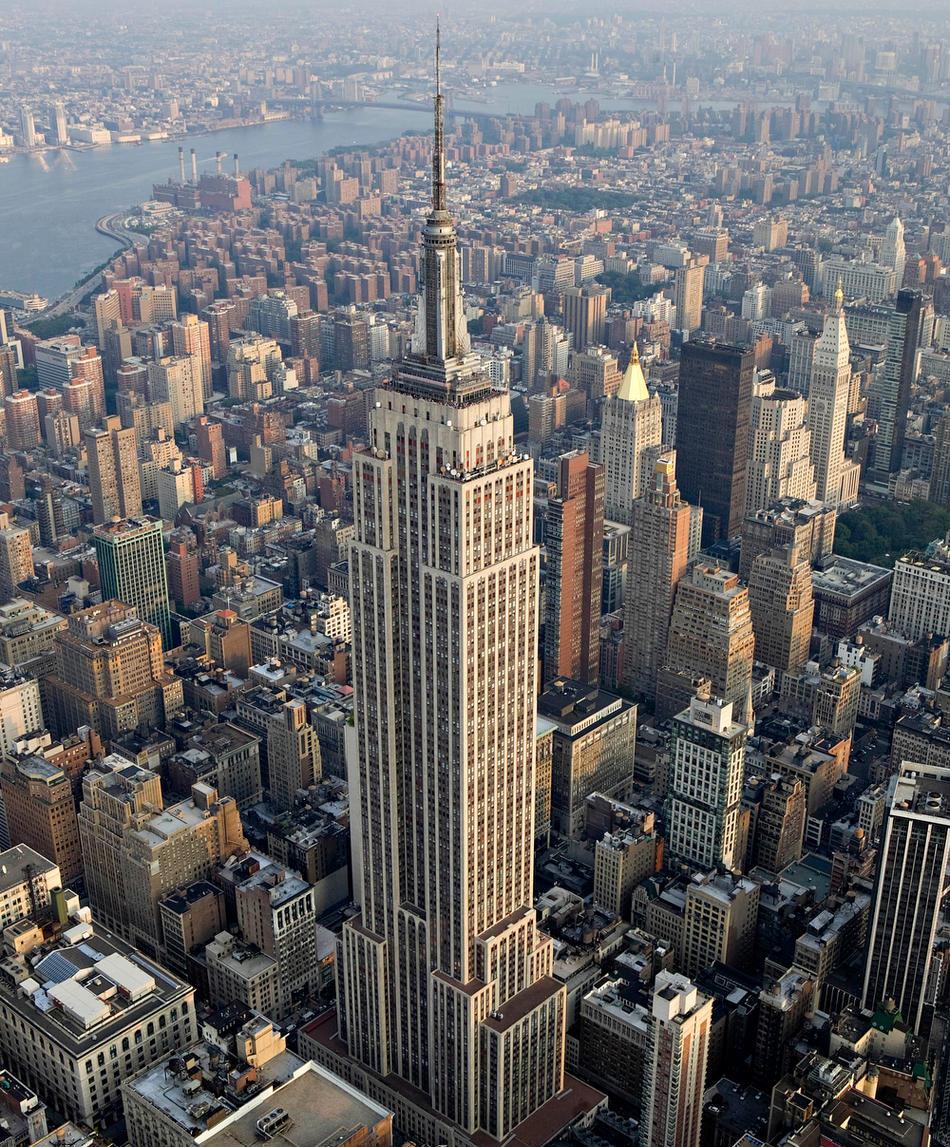House prices up by just 1.48% y-o-y in Q3 2019
After six years of strong house price growth, the U.S. housing market is cooling. The S&P/Case-Shiller seasonally-adjusted national home price index rose by just 1.48% during the year to Q3 2019 (inflation-adjusted), a sharp slowdown from the previous year’s 3.1% growth and the lowest growth since Q3 2012.
Real house prices increased slightly by 0.4% during the latest quarter, according to S&P/Case-Shiller. The Federal Housing Finance Agency’s seasonally-adjusted purchase-only U.S. house price index rose 3.12% y-o-y in Q3 2019 (inflation-adjusted), the lowest growth in five years. The FHFA index rose by 0.83% q-o-q during the latest quarter.

Demand and construction activity continue to rise.
Sales of new single-family houses were up 31.6% y-o-y to a seasonally-adjusted annual rate of 733,000 units in October 2019, according to the US Census Bureau. Likewise, existing home sales rose by 4.6% y-o-y to 5.46 million units in October 2019, based on figures from the National Association of Realtors. New housing starts rose by 8.5% y-o-y to a seasonally-adjusted annual rate of 1,266,000 units in October 2019, while completions were up 12.4% to 1,256,000 units.
U.S. homebuilder sentiment remains high at 70 in November 2019, a point lower than the previous month, against a backdrop of falling mortgage interest rates, according to the National Association of Home Builders (NAHB)/Wells Fargo Housing Market Index (HMI). A reading of 50 is the midpoint between positive and negative sentiment.
Rents, rental yields: poor yields in New York, at 2.91%
New York apartment costs are very high, at around $17,191 per sq. m.
| United States: typical city centre apartment buying price, monthly rent (120 sq. m) | |||
| Buying price | Rate per month | Yield | |
| New York | $2,037,340 | $4,942 | 2.91% |
Recent news: The U.S. economy grew by 2.9% in 2018 from a year earlier, the fastest pace since 2005. However, the world’s biggest economy is expected to slow in coming years, with projected GDP growth rates of 2.4% this year and 2.1% in 2020, partly due to the ongoing trade war.